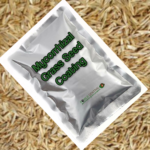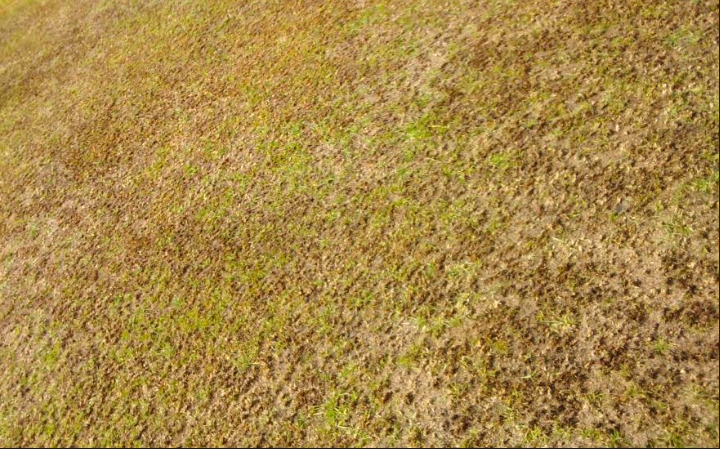The 2018 Summer Heatwave has left many greens scorched, parched and most clubs must now undertake some Green Repair and Recovery work to get things back on track.
Now that the rain has returned, at least temporarily to most areas, it will be important to take advantage of the moisture and latent soil temperature to effect a quick recovery in late summer and autumn.
I’ve put together a specially discounted package for the rapid recovery and repair of scorched and parched greens.
The rapid repair package contains all you need to start recovery of the areas of turf affected by the heatwave and includes:
Fish Hydrolysate
Fish Hydrolysate is one of nature’s most efficient plant and microbe stimulants – containing NPK of 8.7.7 and numerous trace elements which encourage plants to access available nutrients.
The proteins in Fish Hydrolysate provide a readily available food supply for beneficial soil fungi and other microbes that are the foundation of the soil food web, helping create the conditions needed for nutrient retention, perennial grass stimulation and thatch degradation. The Fish Hydrolysate is in readily available form for assimilation through roots and shoots.
To aid germination of new grass seed, apply 1 litre of Fish Hydrolysate in 100 litres of water or as part of your tank mix with your existing Compost Tea program. Follow up applications can be made as required after seeding.
J Green Grass Seed Mix 10kg
The ideal mix for over-seeding areas left bare by the heatwave, J Green is an 80/20 mix of strong Fescue/Bent cultivars, for rapid germination and exceptional long term success rates.

MycroForce Seed Coating 400g
 For the rapid establishment of fine grasses when overseeding.
For the rapid establishment of fine grasses when overseeding.
This unique MYCORRHIZAL SEED COATING contains spores of beneficial mycorrhizal fungi, growth promoting bacteria, fungi and organic soil nutrients, to improve grass root growth, stress recovery and rapid establishment of newly seeded or turfed areas.
MYCORRHIZAE are essential for grass health, attaching to the roots, they can increase the surface area for nutrient and water uptake by over 300%.
Mix the Mycorrhizal Seed Coating with your seed in a drum or box and seed in the usual way (best results are obtained using an overseeder). This pack is enough to treat your 10kg bag of J Green Seed.



hi john, we had a stretch of very stressful weather here in the toronto area. still had some snow in late april, but two weeks later it was 25 degrees. the perc rate on the greens was 2 1/2″ in 15 minutes, and soil o.m. was less than 1%, couldnt hold water or food. decided to aerate, drop in some soil amendments and an organic fertilizer with mycorrhiza. brushed it all into the holes and the recovery was amazing. havent had an issue with local dry spots since then (knock on wood) . previous management loved to topdress, and it left a sterile, sandy rootzone in the top 3″. too bad the fad of foliar spraying continues, most guys dont get that they could use less inputs if they worked on the soil more.
Thanks Kevin
Sounds like you are on top of the situation there.
Slowly the message will get through to more clubs that you can get on a lot easier by working with nature rather than against it.
Regards
John
What is your take on the new grass seed from Barenbrug Bar Extreme a rye grass
Hi Mick
I don’t have any direct experience with this cultivar, but I have grown dwarf rye on USGA Spec rootzones before and mowed to 5mm with some success.
It’s not the future in my opinion however. Fine fescue/bent (the links poverty grasses) will always produce a finer, truer, faster surface for bowls.
If you were to use it, you’d need to go all or nothing, as although they are all perennials, they have different management requirements. Mixing them will cause all sorts of issues with fertilisation, water requirements and surface uniformity.
They encourage (need) slightly different soil biology from each other too.
Regards
John